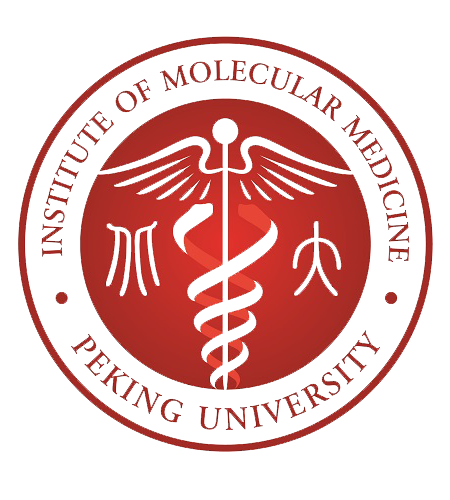Cell Stem Cell: Generation of Naive Induced Pluripotent Stem Cells from Rhesus Monkey Fibroblasts
2014-10-02

Diagram of how pluripotent stem cells induced
As published in Cell Stem Cell on 2 October 2014, Fang et al. reported successful induced pluripotent stem (iPS) cells by retrovirus-mediated introduction of monkey transcription factors OCT4, SOX2, KLF4, and c-MYC. Direct reprogramming in other species besides human and mouse had not been reported before this work.
For details, refer to the paper:
Generation of Naive Induced Pluripotent Stem Cells from Rhesus Monkey Fibroblasts. Cell Stem Cell, 2 October 2014 doi: 10.1016/j.stem.2014.09.004.Fang et al.
Abstract:
Conventional embryonic stem cells (ESCs) or induced pluripotent stem cells (iPSCs) derived from primates resemble mouse epiblast stem cells, raising an intriguing question regarding whether the naive pluripotent state resembling mouse embryonic stem cells (mESCs) exists in primates and how to capture it in vitro. Here we identified several specific signaling modulators that are sufficient to generate rhesus monkey fibroblast-derived iPSCs with the features of naive pluripotency in terms of growth properties, gene expression profiles, self-renewal signaling, X-reactivation, and the potential to generate cross-species chimeric embryos. Interestingly, together with recent reports of naive human pluripotent stem cells, our findings suggest several conserved signaling pathways shared with rodents and specific to primates, providing significant insights for acquiring naive pluripotency from other species. In addition, the derivation of rhesus monkey naive iPSCs also provides a valuable cell source for use in preclinical research and disease modeling.



